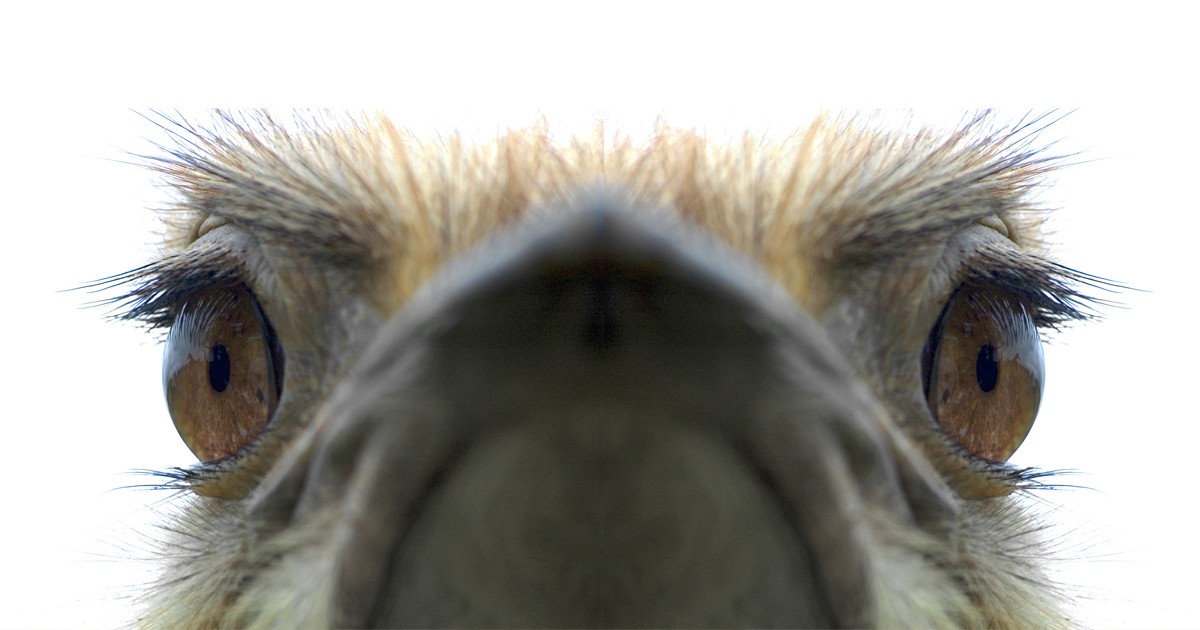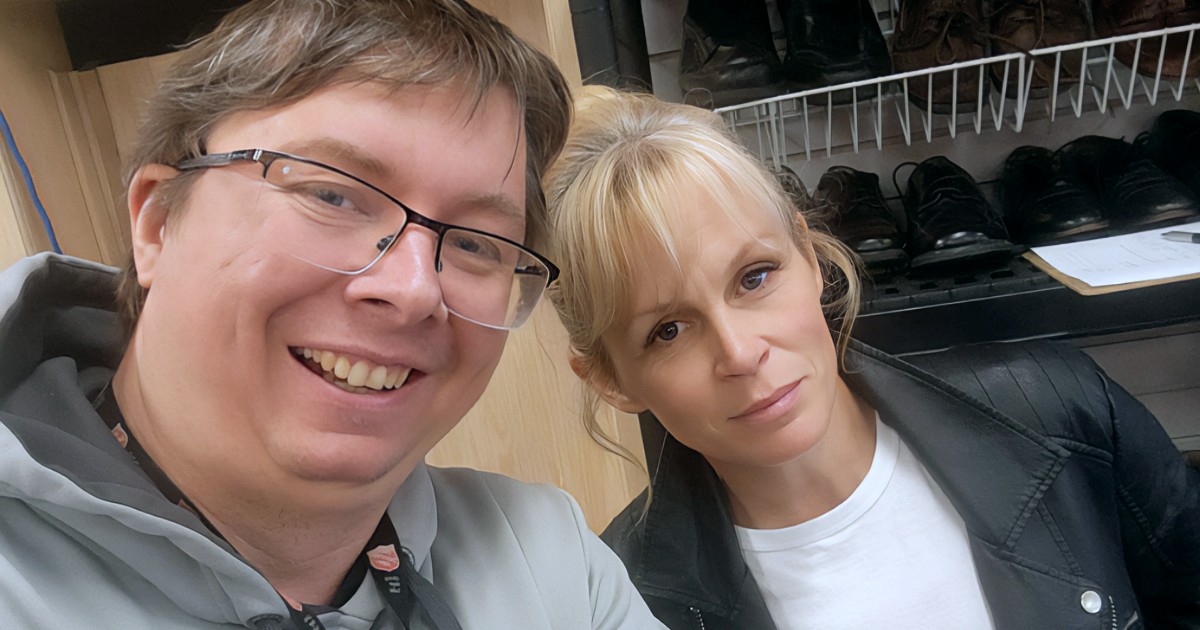The sound of music awakes my wife and me most summer mornings. It’s not the neighbour kids. That would be for the birds, but these are the birds. Robins croon and blue jays shriek wake-up songs at the top of their robust lungs.
As we munch our morning toast, we watch them, marvelling at what they can accomplish waving feathery arms. It doesn’t work for humans. I tried it once, when I was nine.
From a roof.
Don’t do this.
Frequent Flyer
From the structure and anatomy of their wings, feathers and bones, every part of the bird is meticulously designed to take flight. If someone calls you a bird brain, be flattered. Birds’ brains are twice the size of human brains in proportion to their bodies. Engineers used birds as a template to design flying machines. But, kilogram for kilogram, a bird can fly far higher, longer and farther.
The amazing bar-tailed godwit can migrate from Alaska to New Zealand without landing for lunch, napping midair. That’s 11,700 kilometres in 11 days. Manmade drones of a similar size can only fly up to 160 kilometres.
Then there’s the swift. It is designed to fly for nearly ten months without landing. This airborne snacker and sleeper only lands during nesting season to care for its young. In a single year the common swift can cover 200,000 kilometres. In a lifetime, that’s enough to fly to the moon and back five times.
Talk about a frequent flyer!
What hummingbirds lack in size, they make up for in appetite—eating and drinking multiple times their body weight each day—much like a human teenager. PHIL CALLAWAY
Humming Along
To me, the most impressive bird is also the smallest. When one drops by our house, we stop everything to watch.
The average hummingbird weighs about as much as a piece of paper. What they lack in size, they make up for in appetite—eating and drinking multiple times their body weight each day—much like a human teenager.
Resting in a lounge chair, a hummingbird’s heart beats 400 times a minute. In the air that jumps to 1,200. Or 20 beats a second. Hatched from a jelly-bean-sized egg, they have unique wings that rotate from the shoulder, flapping up to 80 times a second. Hummingbirds can fly upside down, backward, sideways and in circles. Where did the template for the humble drone come from? Wonder no longer. Hovering in place, they harvest nectar from flowers by flicking their tongues in and out 13 times a second, remembering yards and blossoms visited the previous year.
This remarkable creature is crafted with love and a twinkle by the Master Designer who invites us to “Look at the birds of the air; they do not sow or reap or store away in barns, and yet your heavenly Father feeds them” (Matthew 6:26).
That same Creator is with you, loving and watching you. Think of the hummingbird and it might just leave you speechless.
Which reminds me of a joke: Why do hummingbirds hum? Because they don’t know the words.
Photo: martin1985/stock.Adobe.com










Leave a Comment